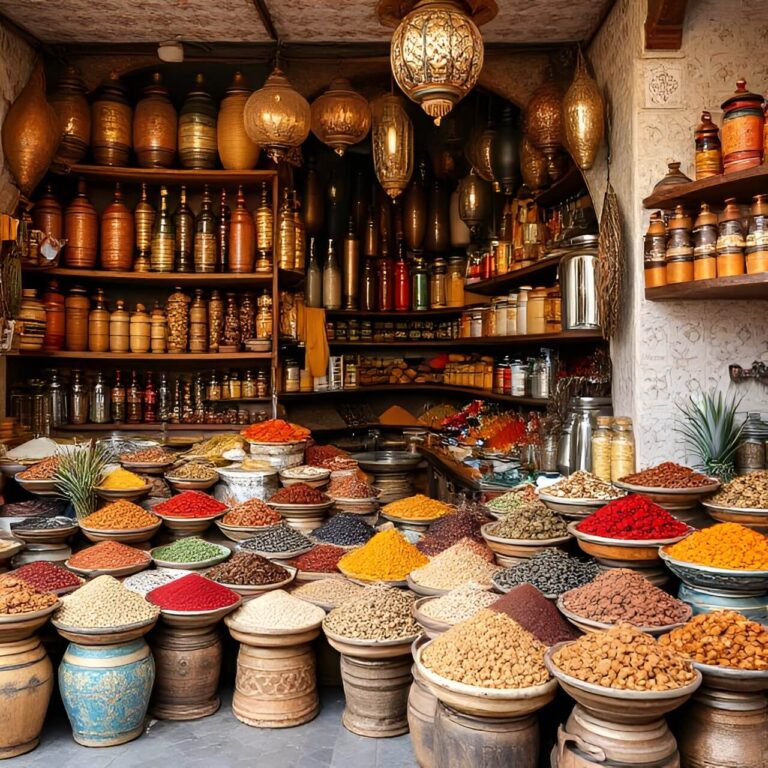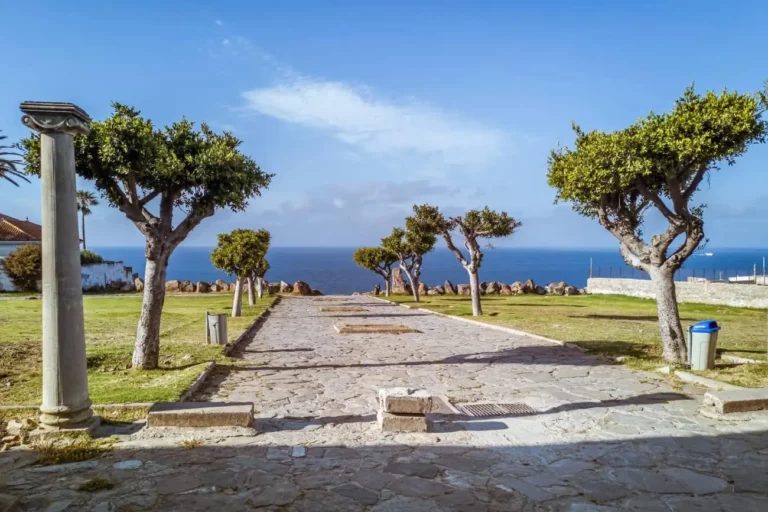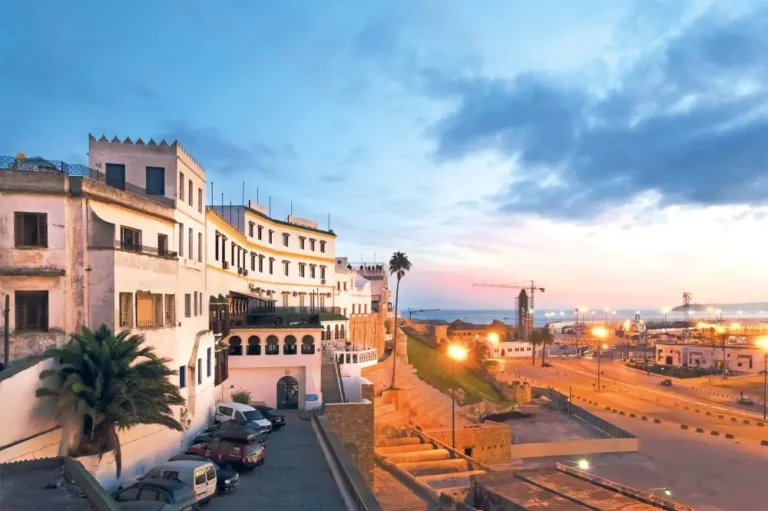At the northern tip of Morocco, where the Mediterranean Sea meets the Atlantic Ocean, Tangier (or Tanger ) a city that steeped in history, myth, and cultural exchange. For centuries, it has been a melting pot of civilizations, a strategic gateway between Africa and Europe, and a city that has captivated explorers, artists, and diplomats alike.
Ancient Origins: From Myth to Phoenician Trade Hub
Tangier’s history stretches back into antiquity, with legends suggesting it was founded by the Greek hero Antaeus, son of Poseidon and Gaia. According to myth, Hercules defeated Antaeus and named the city Tingis after his wife, Tinga. While these stories are shrouded in mythology, archaeological evidence confirms that Tangier was an important Phoenician trading post as early as the 10th century BCE.
The Carthaginians later took control, followed by the Romans, who made it the capital of Mauretania Tingitana in 42 CE. Under Roman rule, Tangier flourished as a key administrative and commercial center, connected to the broader empire via roads and sea routes.
Islamic Conquest and the Rise of a Moroccan City
In 702 CE, Tangier fell to the Umayyad Caliphate, marking the beginning of its Islamic era. The city became a crucial military and cultural outpost, serving as a launching point for the Muslim conquest of Iberia under Tariq ibn Ziyad in 711 CE—the name “Gibraltar” derives from Jabal Tariq (“Mountain of Tariq”).
Over the following centuries, Tangier was ruled by successive Berber dynasties, including the Almoravids and Almohads, before becoming part of the Wattasid and later Saadi Sultanates. Its strategic location made it a target for European powers, particularly Portugal, which captured the city in 1471.
European Influence: Portuguese, British, and Spanish Rule
Under Portuguese rule, Tangier was fortified with new walls and a kasbah, but constant attacks from Moroccan forces led Portugal to cede it to England in 1661 as part of the dowry of Catherine of Braganza upon her marriage to King Charles II.
The British occupation (1661–1684) was turbulent, marked by sieges from Moroccan forces under Sultan Moulay Ismail. In 1684, the English abandoned Tangier, destroying its harbor and defenses before leaving. The city was then reclaimed by Morocco and became a key diplomatic and trade center.
The International Zone: A Haven for Spies and Artists
In the 19th and early 20th centuries, Tangier’s strategic importance grew as European powers vied for influence in Morocco. In 1923, it was declared an International Zone, governed by a committee of Western powers (France, Spain, Britain, and later the U.S. and others).
This era turned Tangier into a cosmopolitan free-for-all—a haven for spies, writers, and eccentric expatriates. The city became famous for its:
Bohemian culture: Writers like Paul Bowles, William S. Burroughs, and Tennessee Williams lived here, drawing inspiration from its exotic atmosphere.
Espionage: During WWII and the Cold War, Tangier was a hotbed of spy activity, with its freewheeling port facilitating clandestine operations.
Tax-free commerce: Smuggling and underground trade thrived, making Tangier a hub for everything from luxury goods to illicit deals.
Return to Morocco and Modern Tangier
In 1956, Morocco regained independence from France and Spain, and Tangier was reintegrated into the kingdom. King Mohammed V launched development projects to modernize the city, including expanding the port and infrastructure.
Today, Tangier is a bustling metropolis, blending its rich history with rapid modernization. Key landmarks include:
The Kasbah: A historic fortress with stunning views over the Strait of Gibraltar.
The Medina: A labyrinth of narrow streets filled with markets, mosques, and colonial-era buildings.
The Caves of Hercules: A mythical seaside grotto linked to ancient legends.
Tangier’s Grand Socco: A vibrant square connecting the old and new city
From its mythical origins to its days as an international playground, Tangier has always been a city of contrasts and convergence. Its unique blend of African, Arab, and European influences makes it one of Morocco’s most fascinating destinations. Whether you’re wandering its ancient medina, gazing across the strait toward Spain, or soaking in its literary legacy, Tangier remains a place where history lives in every corner.





